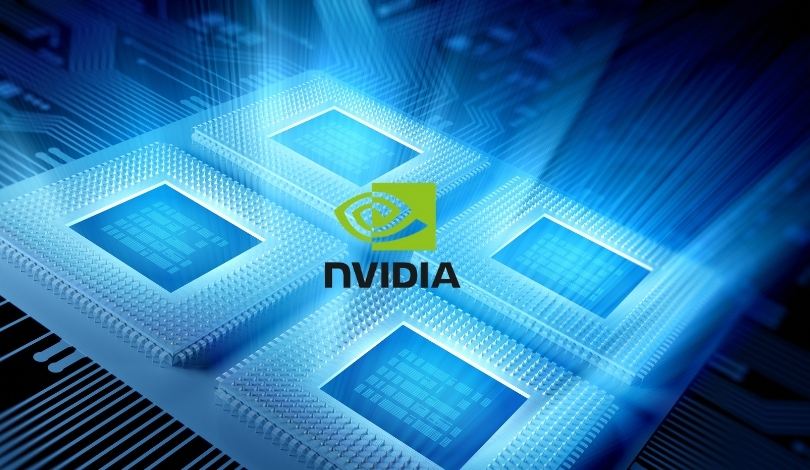The Computer Vision and Pattern Recognition (CVPR) conference in Seattle featured NVIDIA‘s latest contributions in visual generative AI. NVIDIA’s researchers are presenting new advancements that span custom image generation, 3D scene editing, visual language understanding, and autonomous vehicle perception. Attendees witnessed how NVIDIA is pushing the boundaries of image generation models and autonomous driving software. This event underscored NVIDIA’s commitment to advancing artificial intelligence technologies across various sectors.
JeDi is a novel technique allowing creators to rapidly customize diffusion models, the leading method for text-to-image generation, using just a few reference images. This method avoids the lengthy fine-tuning process typically required. Another innovation, FoundationPose, is a foundational model capable of understanding and tracking the 3D pose of objects in videos without per-object training. It has set a new performance record, potentially revolutionizing AR and robotics applications.
Innovative Research Projects
Among the more than 50 research projects NVIDIA is presenting, two papers were finalists for CVPR’s Best Paper Awards. One explores the training dynamics of diffusion models, while the other focuses on high-definition maps for self-driving cars. NVIDIA’s victory in the CVPR Autonomous Grand Challenge’s End-to-End Driving at Scale track, outperforming over 450 global entries, highlights their pioneering work in generative AI for self-driving vehicles. This achievement also earned them an Innovation Award from CVPR.
Visual Language Understanding
NVIDIA, in collaboration with MIT, introduced VILA, a new family of vision language models achieving state-of-the-art performance in understanding images, videos, and text. VILA enhances reasoning capabilities and can even comprehend internet memes by combining visual and linguistic understanding, showcasing its versatile application in various domains.
Another notable project is NeRFDeformer, which allows the editing of 3D scenes captured by a Neural Radiance Field (NeRF) using a single 2D snapshot. This method simplifies 3D scene editing for graphics, robotics, and digital twin applications, reducing the need for manual reanimation or recreating the NeRF entirely.
Earlier reports on NVIDIA’s research highlighted their innovative approaches to AI and autonomous driving. Previous advancements included improvements in AI-driven image recognition and autonomous vehicle sensors. These earlier innovations laid the groundwork for the current breakthroughs showcased at CVPR. Comparing past reports, one can see a clear progression in the sophistication and application of NVIDIA’s AI models, particularly in real-world scenarios like autonomous driving and AR applications.
New developments in NVIDIA’s AI research indicate an ongoing focus on enhancing the performance and applicability of AI models. Recent projects build on foundational technologies, demonstrating significant improvements in efficiency and effectiveness. The current research emphasizes practical applications that could revolutionize industries, reflecting a strategic evolution from theoretical models to real-world implementations.
NVIDIA’s research at CVPR illustrates a broad spectrum of AI applications, from empowering creators with advanced image generation tools to propelling the field of autonomous driving. The comprehensive nature of their work suggests a commitment to leveraging AI’s potential in diverse areas such as manufacturing, healthcare, and robotics. Researchers continue to explore novel approaches, aiming to accelerate automation and elevate the capabilities of AI technologies. The consistency and depth of NVIDIA’s research efforts indicate a sustained trajectory towards transformative AI solutions.










